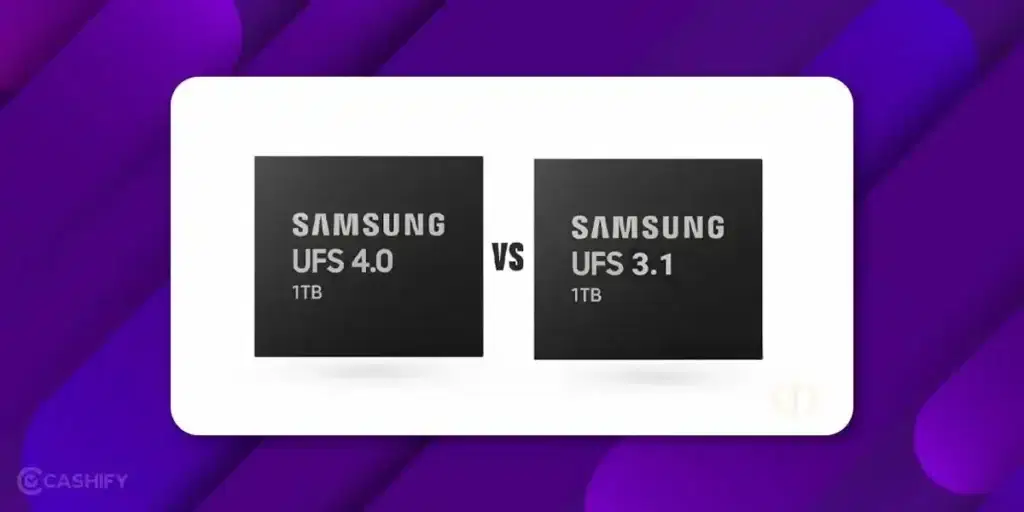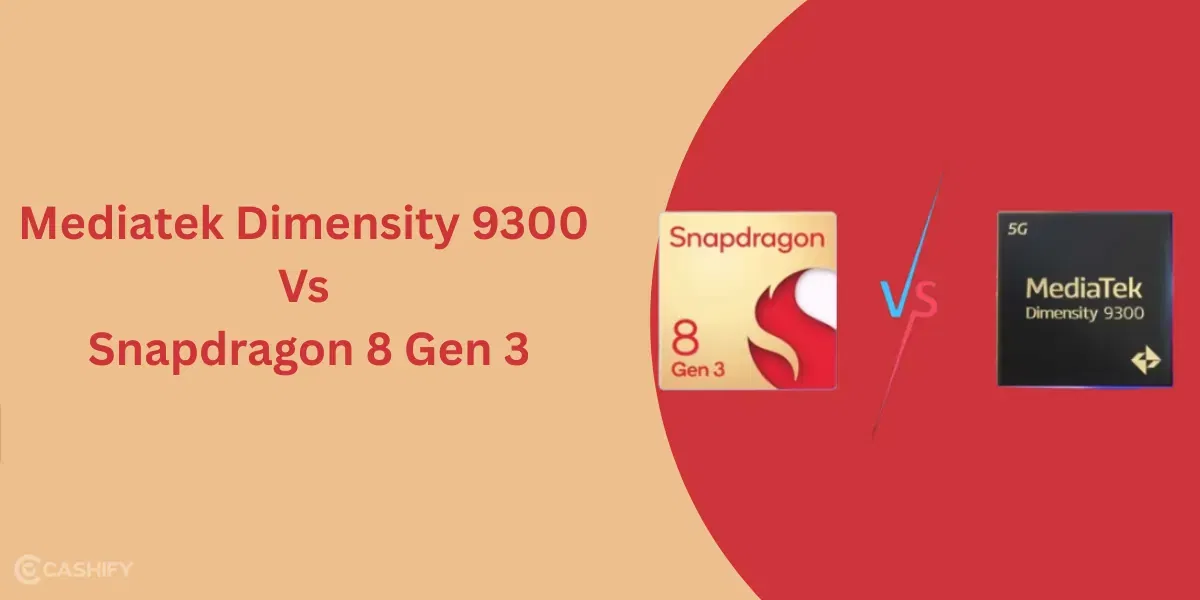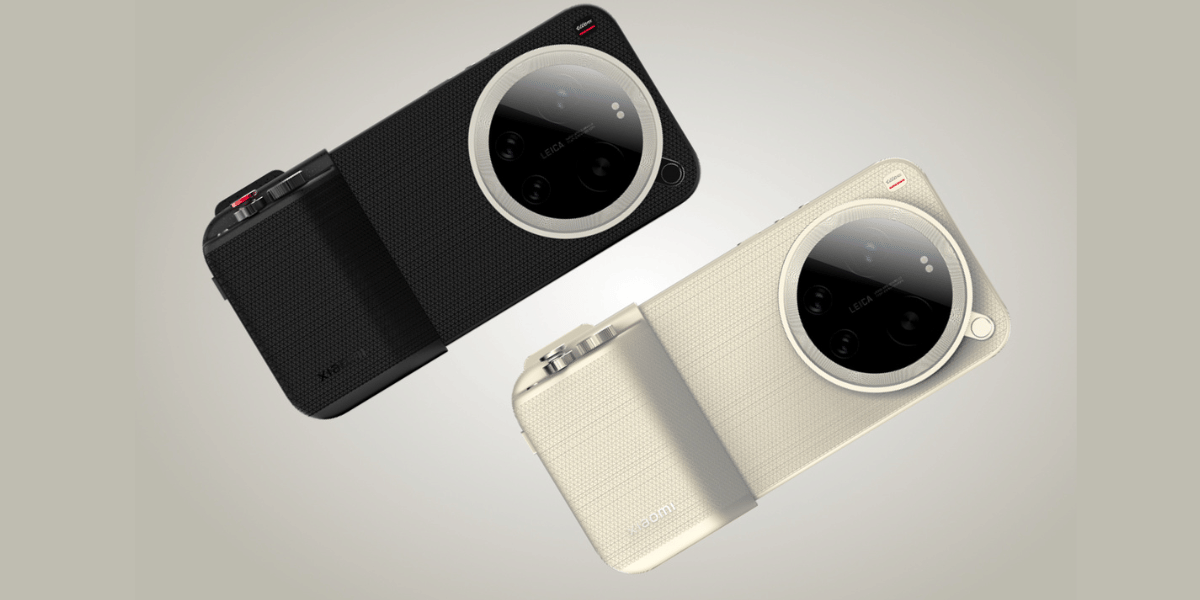What impact does a UFS have on your mobile choices? What are the comparative points of UFS 4.0 vs UFS 3.1? Well, all such questions will be answered here.
Mobile phones are often outdated due to their performance. UFS plays a key role in efficient performance and storage functionalities. This is the reason why mobile phone buyers should also consider UFS features before making a purchase. In this article, we discuss the vital aspects of UFS in your mobile phones, and also debate UFS 4.0 vs UFS 3.1.
What is UFS? A Brief Definition
Unified Flash Storage, commonly referred to as UFS, is a technology software used for storing quick data inside your phone, like apps, cache, photos, OS storage, etc. This is similar to SSD or HDD technology inside your laptop. Moreover, UFS allows you to perform file transfer, file storage, and other actions quickly, smoothly and efficiently.
Also Read: Types Of UFS Storage- Does It Make Any Difference?
Importance of UFS: Why Does Your Phone Need It?
UFS plays a crucial role in the efficient storage operations of your mobile phone. Before we move to our comparison of UFS 4.0 vs UFS 3.1, let us know what difference UFS makes in our phones and daily mobile usage. Most of the time, people switch to a new phone just because their current phone has become slow or is full of memory. Such common problems happen often due to ignorance of aspects like UFS, RAM specifications, etc. Here are some standard UFS utilities that make it an important part of your phone:
- UFS initiates quick file transfer, which enables you to download/open/access large files in shorter time.
- You can also use UFS for multitasking on your phone. With an upgraded UFS, you can have better multitasking.
- UFS supports faster boot-up in phones.
- With UFS, you can ensure that your phone crashes less.
- UFS enables you to ensure better power efficiency.
These factors are very crucial to uplift our daily mobile usage. Before a UFS 4.0 vs UFS 3.1 debate, or any such comparison, it is important to acknowledge such points.
Now, let us see the key highlights of our competing UFS variants – UFS 4.0 and UFS 3.1
UFS 4.0: Key Features and Highlights
UFS 4.0 was released in August 2022. This was the upgraded variant release of its predecessor, UFS 3.1. The launch of UFS 4.0 was considered a landmark in the microelectronics industry. UFS 4.0 came with increased power efficiency, faster multitasking support, reduced bugs, and many more features. Here are some of the key features of UFS 4.0:

- File transfer speed: UFS 4.0 can achieve a maximum data transfer speed of up to 23 Gbps.
- Improved Power efficiency: UFS 4.0 uses an upgraded MIPI physical layer and advanced thermal features, making it power efficient.
- Better Gaming Results: UFS 4.0 allows for faster processing and efficient performance, suiting your gaming needs.
- File-Based Optimisation [FBO]: UFS 4.0 uses file-based optimisation to increase performance for heavy-load files or high-resolution video recording.
- Storage Capacity: UFS 4.0 can handle up to 1TB of file storage, making it a memory powerhouse.
Now, let us move to the next contender of the UFS 4.0 vs UFS 3.1 debate.
UFS 3.1: Key Features and Highlights
Before the UFS 4.0 was launched, for a long time, UFS 3.1 captured the market. This variant was trending for its efficient upgrades, premium flagship features, and much more. Here are some key features of UFS 3.1:

- Write Boost Feature: UFS 3.1 has an advanced SLC cache technology which acts as a write booster, helping in faster app launching and data loading.
- DeepSleep Power efficiency: UFS 3.1 had a DeepSleep feature, which acts like a sleep mode on your phone. This feature helps in boosting power of your device when you are not actively using it, by switching off some background apps and caches.
- Data transfer rate: UFS 3.1 has a data transfer rate of around 11 Gbps.
- Optimised Video Resolution support: Another highlight of UFS 3.0 was that it could process higher resolution videos like 4K/8K, making it a premium asset in flagship phones.
UFS 4.0 vs UFS 3.1: What are the Differences?
In the comparison of UFS 4.0 vs UFS 3.1, we noticed that there were many highlights that this upgrade brought to the table. With an almost double rate in data transfer speed, UFS 4.0 made a staggering statement as the upgraded variant.

Moreover, UFS 4.0 has made app launches and file transfers super smooth. UFS 3.1 also had some amazing and efficient components in its feature list. Features like write boost and DeepSleep made UFS 3.1 take the flagship phones’ performance to another level. Also, UFS 3.1 helped your device phone stay cool and last longer.
Let us see a brief comparison between these two through an interesting table of comparative analysis.
UFS 4.0 vs 3.1: Comparison Details
| Comparison Points | UFS 4.0 | UFS 3.1 |
|---|---|---|
| Data transfer speed | 23 Gbps | 11 Gbps |
| Maximum write speed | 6 Gbps | 2.5 Gbps |
| Storage capacity | Up to 1TB | Up to 512GB |
| Power efficiency | 46 % more than UFS 3.1 | Standard power efficiency |
| DeepSleep feature | Yes | Yes |
| Data transfer protocol | 2-lane | 2-lane |
UFS 4.0 vs UFS 3.1: Which is better?
Now, coming to the concluding analysis of both the UFS variants. On the basis of enhanced power efficiency, better data transfer speed, and higher storage capacity, we can say that UFS 4.0 is the winner in this case. However, UFS 3.1 is not that bad and has standard and efficient file storage capabilities, making it an ideal choice for normal mobile usage. Compared on the basis of multitasking, gaming features, video resolution and graphics support, again, UFS 4.0 has a slight advantage in this debate of UFS 4.0 vs UFS 3.1.
Also Read: How to Securely Transfer Data and Personal Information Before Selling a Phone
Verdict of Comparison: Which UFS for whom?
Both the UFS variants have their utilities. When UFS 3.1 was released, people thought that this was the best they could get. Many flagship phone owners and multitasking enthusiasts gave it a ten on ten review. But as they say, there’s always scope for improvement. Just like the latest variant, UFS 4.1, which was released in January 2025, has better features than UFS 4.0, and similarly, more will come. Those who are switching their phones or want heavy-loaded features should try to opt for UFS 4.0 or UFS 4.1. For those who don’t have data transfer and flash storage in their preferences, can surely go for UFS 3.1, as it has all the basic features.
FAQS About UFS 4.0 and UFS 3.1
What is the latest version of UFS?
The latest version of UFS is UFS 4.1, which was released in January 2025.
When was UFS 4.0 released?
UFS 4.0 was released in August 2022.
Is UFS 4.0 better tha UFS 3.1?
UFS 4.0 has 46% more power efficiency than UFS 3.1, more data transfer speed, and more data storage capacity. Hence, it is a better variant.
When was UFS 3.0 released?
UFS 3.0 was released around January 2020.
Are you still browsing through your broken screen? Don’t worry! Book at-home mobile phone screen repair with Cashify—an affordable and one-stop destination for all your mobile phone needs. In case you break your screen within 1 month of repair, we will replace your screen again—for FREE.













































